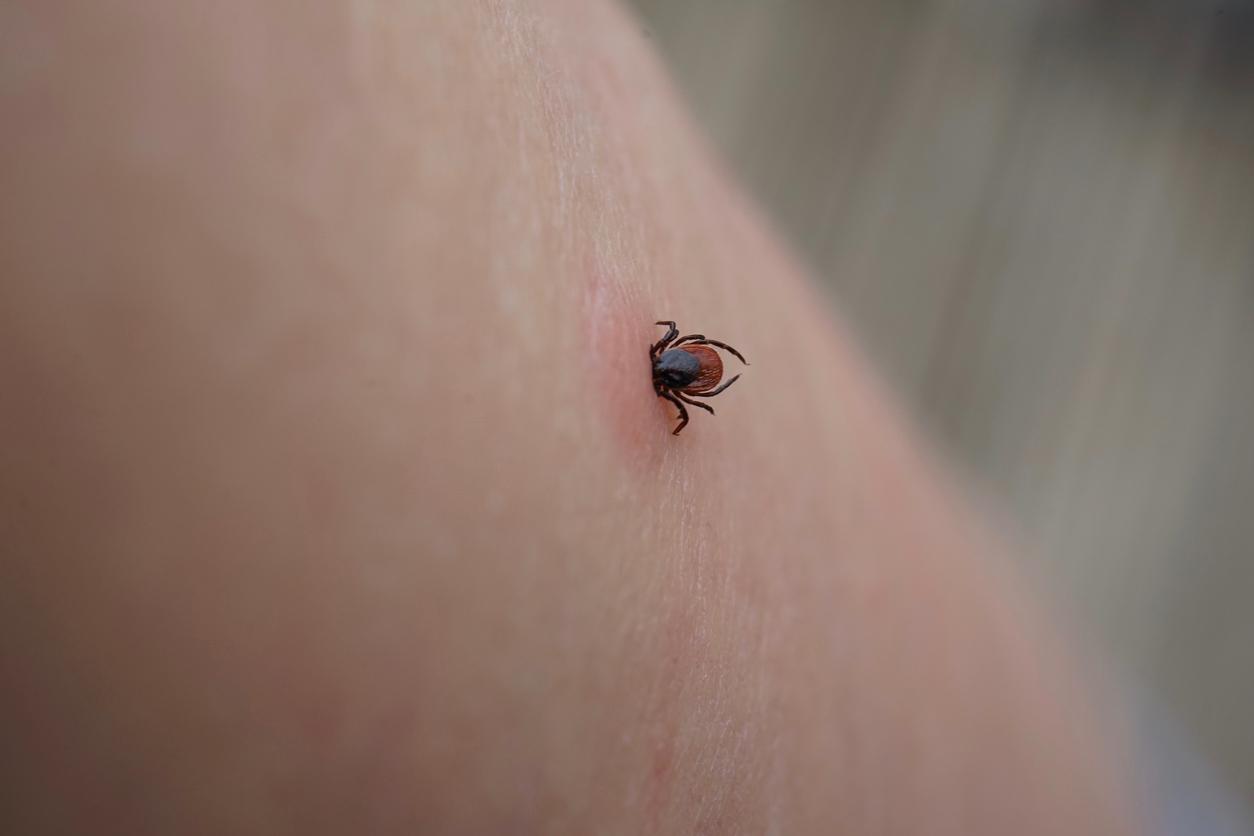Can we one day have total confidence in sanitary protection? In the United States, the Thinx brand, which has long prided itself on being “a simple, organic and non-toxic alternative to traditional menstrual products” according to washington post had to pay $4.6 million to compensate consumers who requested it. The reason ? The presence of PFAS, so-called “eternal” harmful products in some of its products.
Less invasive than tampons, these means of protection attract women concerned about their health and the environment. But not all of these menstrual underwear would actually be healthier. They have several layers of absorbent microfiber including a water-repellent outer layer, which may contain PFAS. These are so small that they pass through pores in the skin and enter the bloodstream, where they can reach vital organs.
But what are PFAS? PFAS (per- and polyfluoroalkylated) are chemical products used since the 1940s in many industrial fields and everyday products, in particular those resistant to heat, oil, stains, grease or water. They are nicknamed “eternal chemicals” because they are persistent: they take thousands of years to break down in the environment and the body. Present in certain cosmetics, these substances are notably responsible for kidney cancer, miscarriage or fertility disorders. “They are not instantly toxic like arsenic, lead or cadmium, but they attach to various proteins in our blood and are transported to all organs in our body.”Professor Graham Peaslee told the washington post.
They could also be the cause of:
- A reduction in immunity;
- Metabolic diseases: obesity or diabetes;
- Cardiovascular diseases;
- Impact on children’s growth and learning;
- asthma or allergies;
- Decreased fertility in men or women;
- Cancers: kidney, testicles.
Still too many unknowns around menstrual products
“These underwear containing “eternal chemicals” have environmental implications, from production to washing in our washing machines to the end of their life cycle in landfills“said epidemiologist Hannah Gardner, an adviser for the activist site mamavation, which revealed that 65% of the panties tested (as part of a study) could contain it. The other brands in question: Victoria’s Secret, Joyja or Sustain Natural.
What advice? While PFAS are pretty much everywhere in the environment, you might as well avoid PFAS around the vaginal area and any other areas as much as possible, because they accumulate in the body. These products are often labeled “raincoats” Or “stain resistant”. Nevertheless the absorption by the clothes “is likely very low compared to what people could ingest from a contaminated water supply“, said Professor Martin Kirk at the washington post.
“These findings add to the growing body of evidence reaffirming that we need to know more, not less, about the ingredients in menstrual products. Millions of people use menstrual products every month. It is unacceptable that there are so many unknowns about the ingredients, safety and health effects of products that come into contact with one of the most sensitive and absorbent parts of the body.”concluded Alexandra Scranton, director of science and research at Women’s Voiceswho participated in the Mamavation report.
Sources:
- Period underwear and toxins: What to know about the Thinx lawsuit, The Washington Post, January 20, 2023
- Report: 65% of Period Underwear Tested Likely Contaminated with PFAS Chemicals, Mamavation, May 2021


















